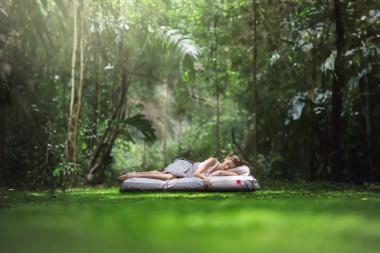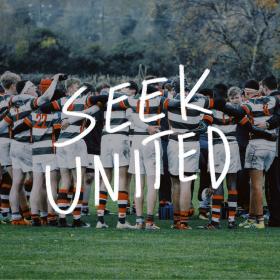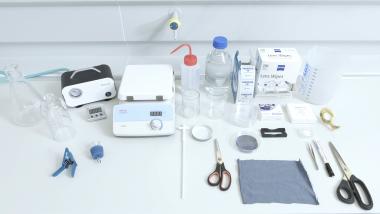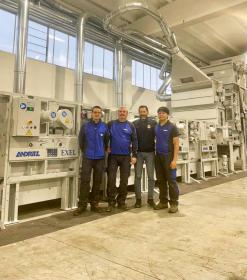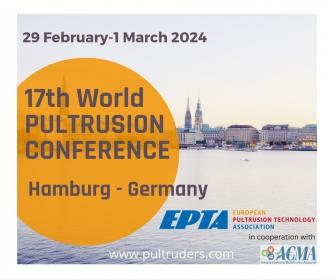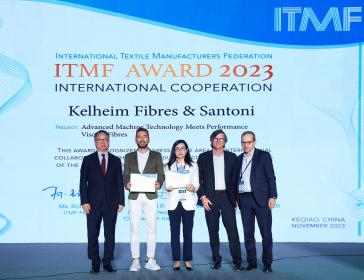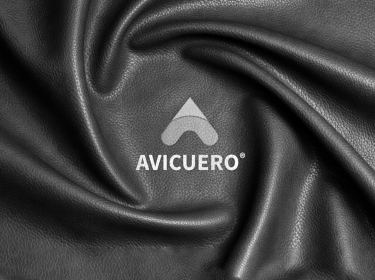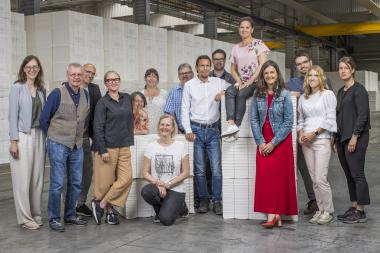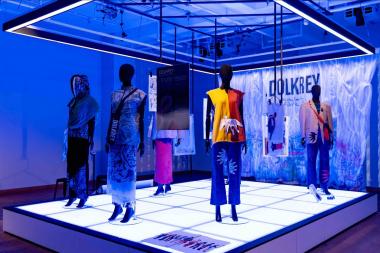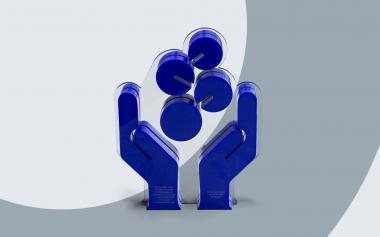adidas unveils Tennis Collection with AIRCHILL Technology
adidas unveils its SS24 Melbourne collection to mark the start of the 2024 Grand Slam season. AIRCHILL technology – a first for adidas in tennis – works in tandem with HEAT.RDY material technology to support players performing in the heat of the moment.
AIRCHILL material technology supports cooling through thermally zoned, raised pattern motifs and mesh layers. The lightness of AIRCHILL helps skin breathe – deliberately placed in high sweat and evaporation zones – under the armpits, chest and back. The raised patterns and open mesh fabrics are designed to optimize airflow during high-intensity workouts and matches.
The 26-piece range for men and women also boasts a tranquil color palette and pattern scheme, specially crafted to help evoke a sense of calm. The spectrum of greens – including the key colorway ‘Green Spark’, inspired by the natural phenomena of bioluminescence – were carefully chosen for their soft, glowing shades, meanwhile prints adorning the fabric emulate recurring fractal shapes in nature.
The apparel collection is made from 100% recycled materials and comes in sizes XS-2XL for men and 2XS-2XL for women.
The collection will be worn by athletes including Caroline Wozniacki, Elina Svitolina, Xinyu Wang, Dana Mathewson, Jessica Pegula, Karolína Muchová, Maria Sakkari, Stefanos Tsitsipas, Felix Auger Aliassime, Jason Wu and Martin de la Puente.
adidas AG








